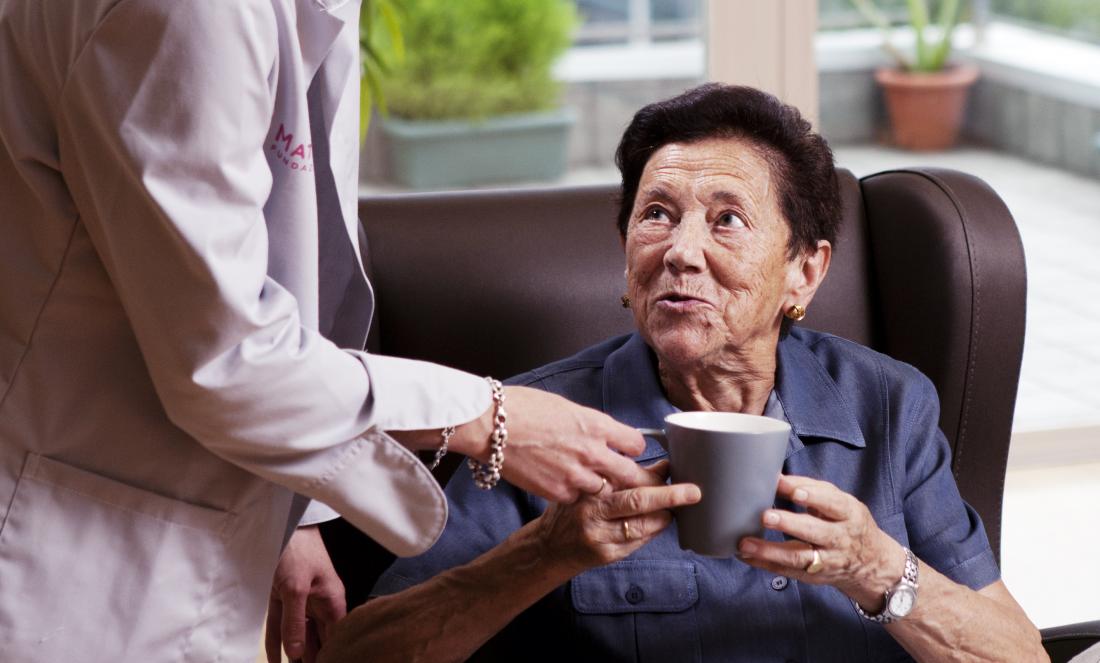
Growing old at home or just like at home
At the beginning of 2010, Matia Instituto Gerontológico launched a study aimed at gathering the opinion and observing the attitudes and perceptions of elderly people, professionals and prescribers on new strategies in the search for alternatives that respond to the desire of elderly people to grow old at home.
The study was carried out using qualitative methodology (focus groups and in-depth interviews were used), and its sample was composed of 62 subjects, divided into two sub-samples.
1. A first one composed by older people (n=31) with the following profiles: older people between 55-65 years old with care experience and medium-high socio-cultural status; frail older people between 75-80 years old living at home and medium socio-cultural status and frail older people between 75-85 years old living in housing with services.
2. The second sub-sample (n=31) was composed of professionals: health professionals (geriatricians, nurses and PA doctors), service providers (socio-health, ICT, technological, institutional), researchers and university professors linked to gerontology, gerontology professionals (psychologists and social workers), architecture and design professionals linked to gerontology, family associations and volunteers.
The results of this study emphasised the following key ideas:
Professionals
The professionals described the configuration of a new demand for care and services that demands more specific solutions, continuity of the Elderly in their homes and services based on what the home represents.
There was a criticism that the current model of care, because of what it means of spatial and emotional dislocation, because of the hospital component, because of the homogenized services, and the isolation of normalized life, because of the difficulty in those of family and social relations.
Furthermore, there is unanimity on the need to revise the current residential model because it does not respond to the needs and demands of the elderly.
There is also a clear awareness of the need for older people to age in their homes and to work on a model that is in line with what older people want, taking into account their opinions, values and wishes, and that is close to what the home (the house, their home) represents both objectively and symbolically, based on a specific response and whose goal is the quality of life of the person, above other considerations.
Homes for the elderly were considered a specialized resource and there was no agreement on the best model for the care of dependency.
Elderly people:
On the part of the Elderly People the desire to age in their private homes was evident, as was undoubtedly the close bond they maintain with their home, which has an extraordinary symbolic and emotional value, related to their ties and their biography, the basis of their personal identity.
The heritage value they attached to the house was equally evident, as was their lack of knowledge about alternative proposals for accommodation, beyond the traditional resources (day centres and residences).
Elderly people and professionals:
Both elderly people and professionals understood that the concept of "house" applied to care in general fits in with the usual housing, allows personalisation, is a warm, pleasant and desirable space, open to self-government, participation, control of their own lives, intimate and daily.

Add new comment